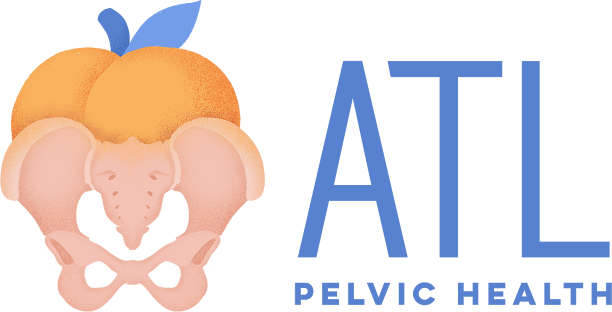Understanding Pelvic Floor Anatomy: The Foundation of Your Core
The pelvic floor is a crucial yet often overlooked group of muscles that plays a key role in our everyday lives. Located at the base of the pelvis, the pelvic floor is made up of three layers of muscles, ligaments, and connective tissues that stretch like a hammock, supporting several vital organs. Understanding the anatomy and function of this powerhouse is essential to appreciating its impact on our overall health.
What Is the Pelvic Floor?
The pelvic floor is a dome-shaped group of muscles that spans from the pubic bone at the front of the pelvis to the tailbone (coccyx) at the back, with attachments on the sides of the pelvic walls. These muscles form the base of the core, working in coordination with the diaphragm, deep abdominal muscles, and back muscles to provide stability and strength to your trunk. They also create a supportive sling for organs like the bladder, uterus (in women), prostate (in men), and rectum.'
Key Components of the Pelvic Floor
Three different layers make up the pelvic floor muscles. These different muscles work together to support your internal organs and provide stability to your body.
Superficial Layer (Urogenital Triangle)
The superficial layer lies just beneath the skin and includes muscles like the bulbospongiosus, ischiocavernosus, and superficial transverse perineal muscles. These muscles play a role in urinary continence, sexual function, blood flow, and supporting the pelvic organs.Middle layer (Urogenital Diaphgram)
Deep Layer (Levator Ani and Coccygeus)
The deep layer consists of the levator ani muscles (puborectalis, pubococcygeus, and iliococcygeus) and the coccygeus muscle. We like to think of this layer as the power house of your body. If functions to provide support to your organs, sphincteric control of your bladder and bowels as well as core stabilization. , including organ support, sphincter (bladder + bowel) control, and core stabilization.Puborectalis: Creates a sling around the rectum to keep gas and stool inside until it is time to have a bowel movement.
Pubococcygeus: Provides structural support and assists in core engagement.
Iliococcygeus: Maintains pelvic organ position and helps lift the pelvic floor.
Functions of the Pelvic Floor
The pelvic floor performs several vital functions, including:
Organ Support: It holds the bladder, uterus, and rectum in place, preventing prolapse.
Continence Control: The muscles of the pelvic floor control the opening and closing of the urethra and anus, allowing voluntary control over urination and bowel movements.
Sexual Function: These muscles contribute to arousal, pleasure, and ability to orgasm.
Core Stability: The pelvic floor is a key player in core strength and stabilization, enabling efficient movement and protection of the spine. The pelvic floor muscles works with you respiratory diagphragm, your deep core muscles like your transverse abdominus and mulitfidi to provide stability around your low back and pelvis.
Sump Pump: Helps facilitate pumping fluid and lymph back up to the heart and into the circulatory system.
Common Pelvic Floor Dysfunctions
When the pelvic floor muscles become too tight, weak, or uncoordinated, issues can arise. Some common pelvic floor dysfunctions include:
Urinary Incontinence: Involuntary loss of urine, whether with a sneeze, cough, laugh or running and jumping
Pelvic Organ Prolapse: Decreased support of your internal organs
Pelvic Pain: Chronic pain due to muscle tension or nerve irritation. This may affect your pelvis, hips, low back or abdomen.
Sexual Dysfunction: Pain or discomfort during intimacy
Taking Care of Your Pelvic Floor
The pelvic floor deserves as much attention as any other part of the body. If you’re experiencing symptoms like incontinence, pelvic pain, or a sense of heaviness, know that you are not alone. These symptoms are common but NOT normal! We recommend consulting with a pelvic floor therapist to evaluate your muscles and create a tailored plan for recovery.
The pelvic floor may be hidden, but it’s far from insignificant. By understanding its anatomy and role in your body, you can take proactive steps to maintain its health and function—leading to better overall well-being.
Ready to get started? We’d love to help support your body on the way to a happier and healthier pelvic floor. You can reach out to us with any questions about scheduling your first visit!

